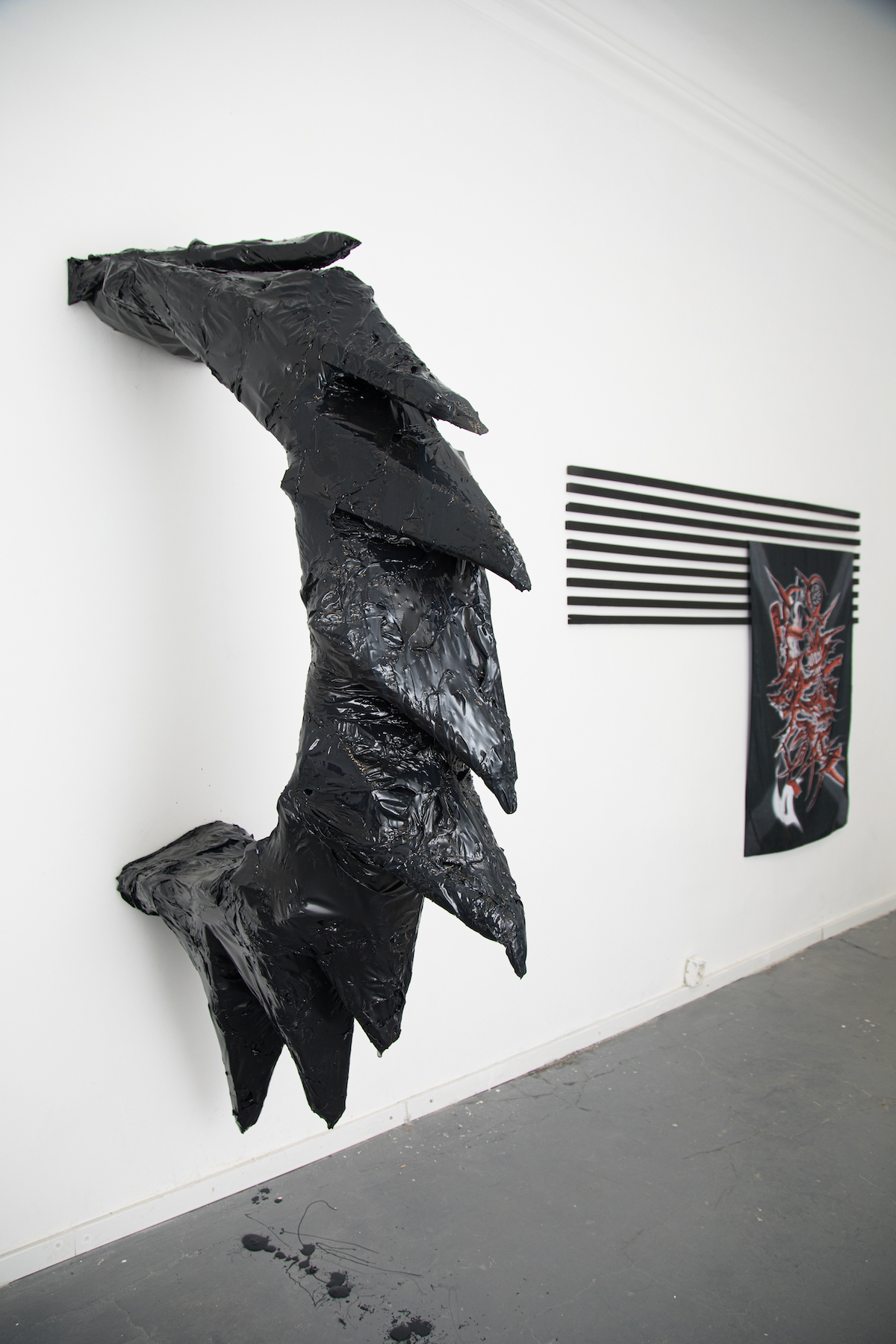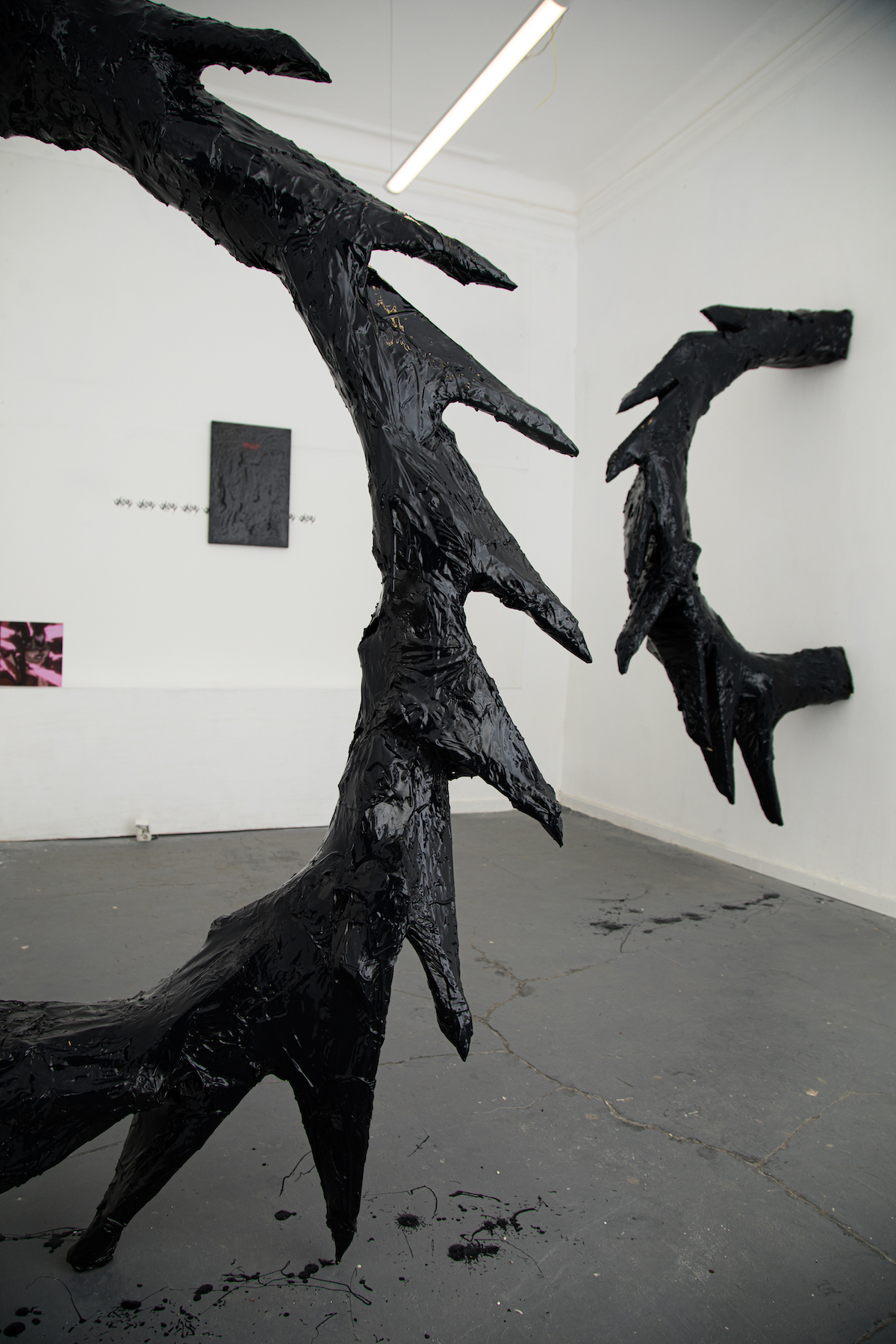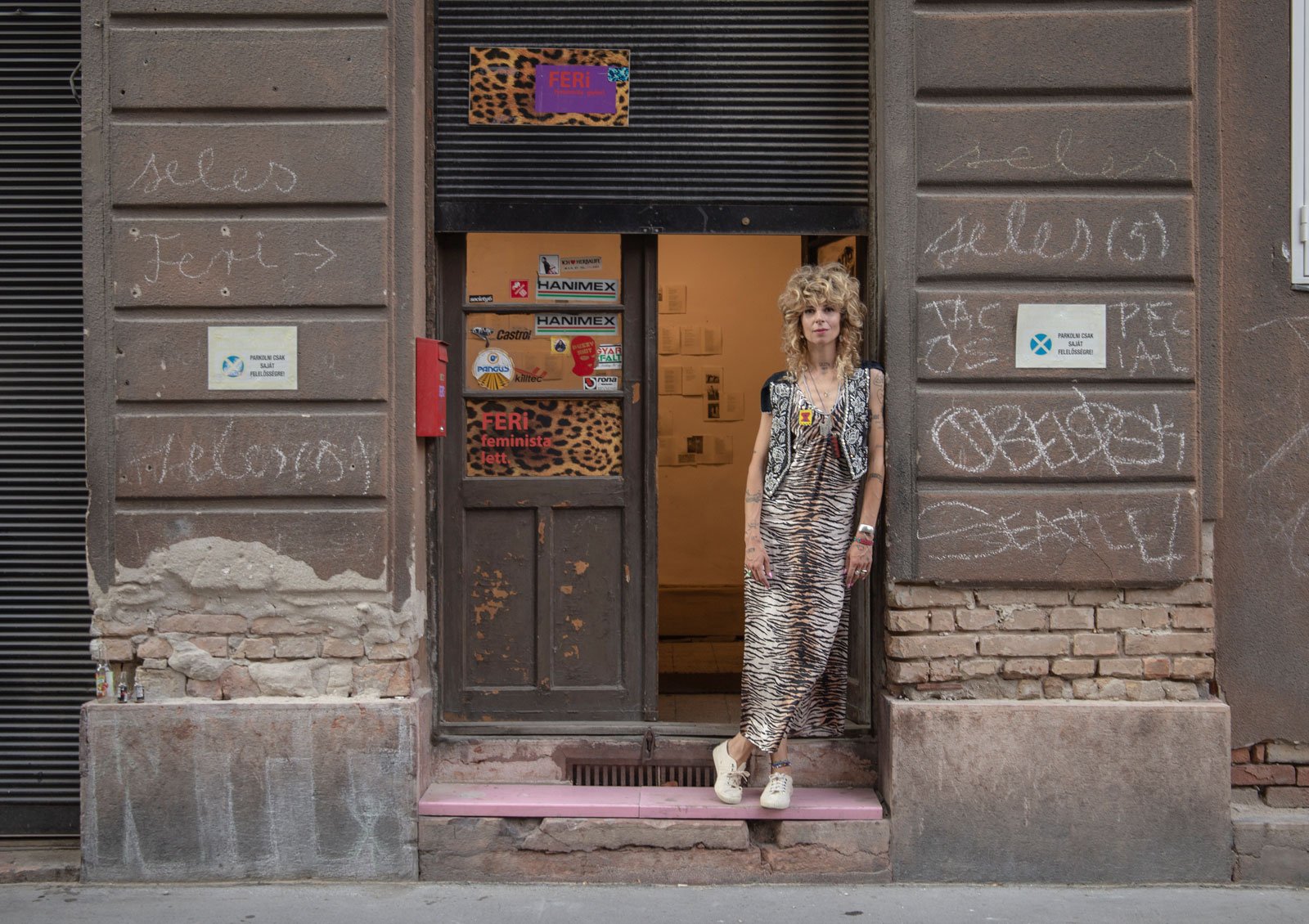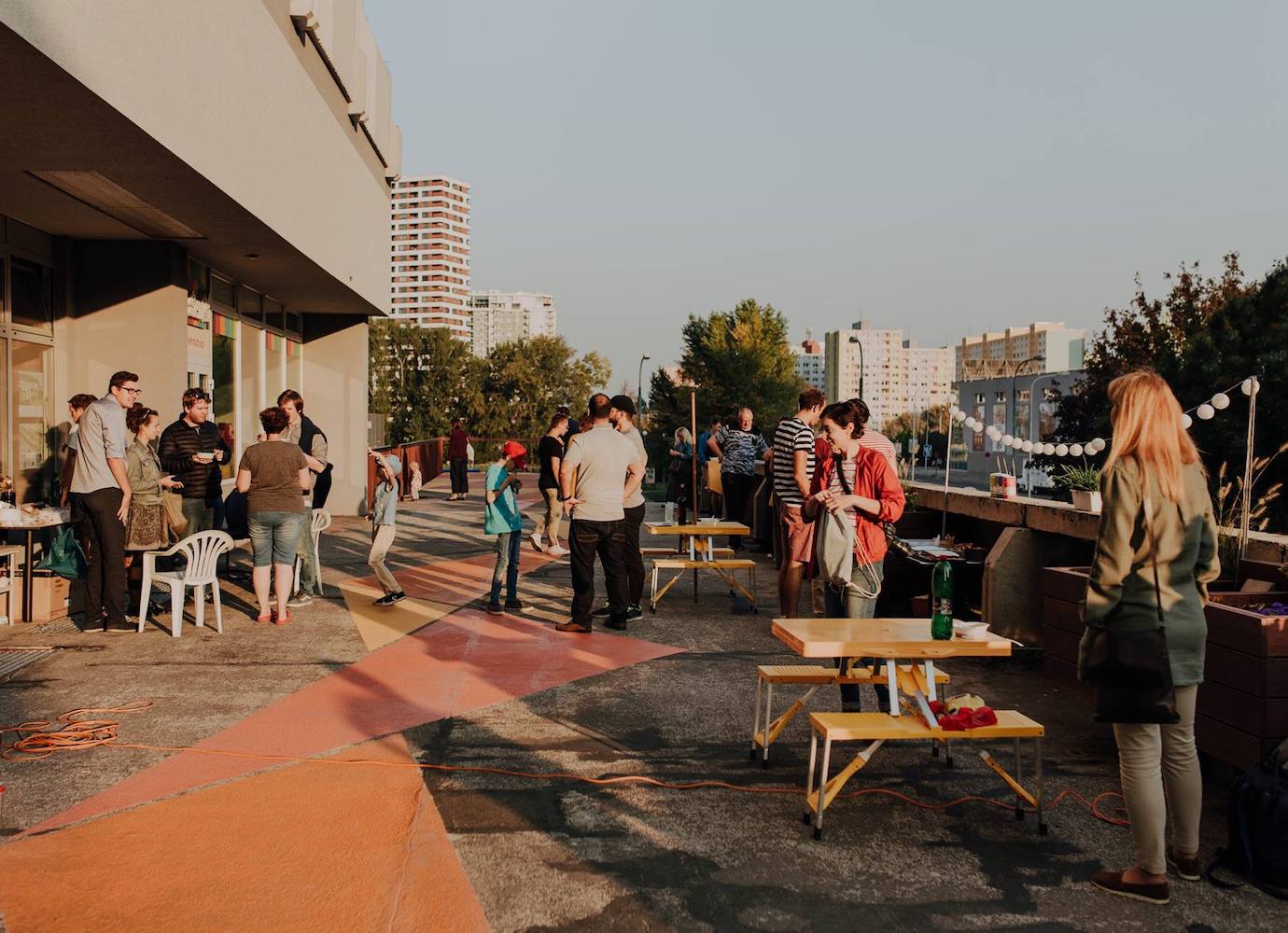Just leave me alone: this space in St Petersburg is a heaven for introverted art lovers
The pandemic has been hard on artistic and cultural spaces all over the world. Yet, Covid didn’t break the spirit of St Petersburg’s Styd Gallery, which was born from the chaos of the summer of 2020 and has been a resounding success. Situated in a former cartography factory, flanked by a shipyard and hospital, in the industrial part of the city centre — Styd has thrived against the odds, drawing in crowds, all the while challenging the exhibition format and the way audiences experience art.
If you’ve ever wished to be left alone in an art gallery, the gallery offers appointment-only visits — an oasis of quiet, a break from humdrum daily life. The name, Styd (which means “shame” in Russian), feeds into the concept, suggesting a space free of shame, or a place where feelings catch up with you.
Each visitor is able to spend up to 20 minutes in the space (the exact number changes depending on the exhibition on show). This makes for a concentrated, deeply personal experience, which is a stark contrast to the usual buzz of St Petersburg’s galleries. In a bustling five-million person city, solitude can be a luxury. So it comes as no surprise that visitors frequently remark that their visit to Styd is the first time in a long while that they’ve been completely alone — anywhere.
Alexandra Gart. Resistance is futile, 2021. Photo: Victor Yuliev
Styd was founded by curator Aleksandra Generalova and artists Aleksandra Gart and Evgeny Kuzmichev, who after years working in museums and galleries grew tired of the never-ending cycle of boozy exhibition openings. Even though the idea seems so perfectly tailored to the context of the pandemic, it came to them months before COVID hit. “Often, I hear people say, ‘I went to a great opening, but didn’t really get to see anything’,” says Kuzmichev. “Especially those who see a lot of shows, the point is people don’t remember the exhibition they saw a month ago.”
In an effort to make shows more accessible and personal, Styd are shaking up the exhibition format by giving the curator a public-facing role. Instead of relying on visitors to read jargon-heavy curatorial essays — rather incredibly, Styd has eschewed leaflets and wall text altogether — they offer anyone a chance to speak to the curatorial team about the exhibition, during their booked time-slot. This face-to-face approach has garnered a lot of attention, and in turn, curators get to hear feedback from their audience.
Nikita Panin. Cryptocatacomb, 2021. Photo: Victor Yuliev
What they’ve found is visitors want to stay and talk to the curators: not just to ask about its content but relay memories or point out the visual references they noticed. Kuzmichev even remembers one woman who was suddenly reminded of a near-death experience, calmly sharing a story of nearly drowning some years ago.
Exhibition tickets at Styd are all priced at 300 rubles (approximately £3). While the price may not seem like a lot, Styd faced a backlash for introducing exhibition fees, under public assumption that independent, artist-run spaces should be free.
But for the Styd team, charging for exhibitions was a no-brainer: they get a dedicated audience who know what to expect from the exhibition, and any profit goes towards future shows. Generalova describes their self-sustainable approach “minimum resources with maximum result” and, judging by the increasing popularity of the space, ticketing the exhibitions seems to be working. One and a half years after opening its doors, the gallery has drawn significant attention from the local media, while also becoming somewhat of an unlikely tourist destination, with a considerable number of people visiting the city for the first time. The curators are pleased to hear people bringing their friends or recommending them to see the space: “Word of mouth is still the best marketing tool.”
In 2021, the team adapted the concept to other spaces: for the exhibition of contemporary calligraphy artist Pokras Lampas, they collaborated with the Wynwood hotel in St Petersburg, inviting visitors into a hotel room where a site-specific mural was on display. In the future, they want to continue organising exhibitions in surprising spaces. Moreover, they want to see more variety in St Petersburg’s independent art scene: “We’d actually like to have some competitors; we understand that it’s healthy to have competition no matter what field you’re in,” says Kuzmichev. The team hopes that others will see the success of their concept and be more experimental with curating — but for the time being, Styd remains a unique boundary-pushing art space in St Petersburg.




